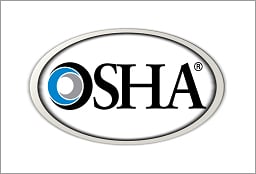 It’s an unfortunate fact that accidents happen – and it’s not uncommon for jury awards and out-of-court settlements to run into the millions. While it’s difficult to pinpoint the monetary consequences of the risks you and your family take each day, are you certain your current liability insurance offers you enough protection?
It’s an unfortunate fact that accidents happen – and it’s not uncommon for jury awards and out-of-court settlements to run into the millions. While it’s difficult to pinpoint the monetary consequences of the risks you and your family take each day, are you certain your current liability insurance offers you enough protection?
For example, what if:
- You accidentally run a stop sign, causing a serious accident?
- The Amazon delivery person falls on your sidewalk and is seriously injured?
- You are sued for liable/slander for posting a seemingly harmless comment on-line?
If you are found to be legally responsible for injuring someone or damaging their property, without a personal umbrella, anything beyond the limits of your standard liability insurance coverage will come out of your own pocket. A personal umbrella liability policy protects your personal assets – and future earnings – by kicking in when your standard liability coverage is exhausted. Additionally, a Personal Umbrella will cover the cost of a legal defense if a suit is filed against you.
How Much Coverage Do I Need?
You’ll want to take into consideration not only your total personal assets but also your potential personal risks. For example, does your profession or location of your home make you an easy target for a big settlement? Do you have a busy lifestyle that puts you behind the wheel frequently? Coverage starts at $1 million, and it’s not uncommon to see limits as high as $10 million.
How Much Does Coverage Cost?
Additional liability insurance is inexpensive when compared to the added coverage you gain. A $1 million umbrella policy typically costs less than $300 a year, and increases by $50-$100 annually for each million thereafter.


 2017 Data Breach Forecast Report from Experian:
2017 Data Breach Forecast Report from Experian: This week Lloyd’s of London released a report that stated “a major, global cyber attack could trigger an average of $53 billion of economic losses, a figure on par with a catastrophic natural disaster such as Superstorm Sandy in 2012.” So far in 2017 The WannaCry and Petya/NotPetya attacks affected hundreds of thousands of computers in over 150 countries in an alarmingly rapid period of time.
This week Lloyd’s of London released a report that stated “a major, global cyber attack could trigger an average of $53 billion of economic losses, a figure on par with a catastrophic natural disaster such as Superstorm Sandy in 2012.” So far in 2017 The WannaCry and Petya/NotPetya attacks affected hundreds of thousands of computers in over 150 countries in an alarmingly rapid period of time. New Information Surrounding OSHA 300 Log Electronic Reporting
New Information Surrounding OSHA 300 Log Electronic Reporting Waukesha, WI – Delta Dental announced R&R Insurance Services as Small Business Agency of the Year. The Small Business Agency of the Year is presented annually to the agency partner that places the most new group dental plans, with less than 50 enrolled employees, in a given year.
Waukesha, WI – Delta Dental announced R&R Insurance Services as Small Business Agency of the Year. The Small Business Agency of the Year is presented annually to the agency partner that places the most new group dental plans, with less than 50 enrolled employees, in a given year.  As one can imagine, the construction industry has some of the riskiest jobs in America. Construction workers face a wide range of hazards at work everyday from falling debris to machinery mishaps and everything in between. Below, is a countdown of the top five most dangerous construction practices.
As one can imagine, the construction industry has some of the riskiest jobs in America. Construction workers face a wide range of hazards at work everyday from falling debris to machinery mishaps and everything in between. Below, is a countdown of the top five most dangerous construction practices. According to a report from the Healthcare Performance Management Institute, on average, $2.59/hour or 8% of a worker’s total compensation is connected to employee benefits and wellness programs. Because employers dedicate a significant amount of money to these programs, it only seems natural to devote time to ensure the benefits are utilized effectively in order to get the best value for their investment.
According to a report from the Healthcare Performance Management Institute, on average, $2.59/hour or 8% of a worker’s total compensation is connected to employee benefits and wellness programs. Because employers dedicate a significant amount of money to these programs, it only seems natural to devote time to ensure the benefits are utilized effectively in order to get the best value for their investment. Many people are exposed to heat on the job, outdoors,
Many people are exposed to heat on the job, outdoors, 
 A 2015 airplane crash killed two men and seriously injured a third during filming of Tom Cruise's upcoming film "
A 2015 airplane crash killed two men and seriously injured a third during filming of Tom Cruise's upcoming film "